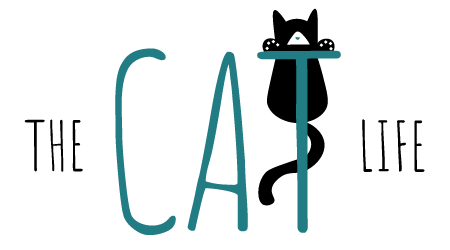Cats are known for their agility, grace, and independence, but did you know that their fur is also a fascinating part of their anatomy? In this blog post, we’ll explore the world of a cat’s fur, from its anatomy and behaviour to its health and communication.
Anatomy of a Cat’s Fur
A cat’s fur is made up of several layers: the guard hairs, awn hairs, and down hairs. The guard hairs are the longest and thickest hairs that make up the outer layer of the fur. They provide protection from the elements and help to repel water. The awn hairs are shorter and thinner than the guard hairs, and they provide insulation and warmth. The down hairs are the shortest and finest hairs that make up the inner layer of the fur. They provide additional insulation and help to regulate body temperature.
Cats have a wide variety of fur colours and patterns, including solid colours, tabby patterns, tortoiseshell patterns, calico patterns, and more. The colour and pattern of a cat’s fur is determined by their genetics.
Cat Fur Behaviour
Cats use their fur to communicate their emotions and intentions. They may puff up their fur when they are feeling threatened or defensive, or flatten it against their body when they are feeling submissive or scared. Cats may also groom themselves or other cats as a form of social bonding.
In addition to communicating emotions, cats also use their fur to express their moods. For example, a relaxed cat may have smooth, well-groomed fur, while an anxious or stressed cat may have unkempt or matted fur. Cats may also shed more when they are stressed or anxious.
Cat Fur Health
Like any other part of a cat’s body, their fur is susceptible to health problems. Some common fur problems in cats include hair loss, matting, skin infections, allergies, and parasites. These problems can cause discomfort or pain for your cat and may require veterinary attention.
To maintain your cat’s fur health, it’s important to regularly groom them and check their skin for any signs of infection or irritation. If you notice any changes in your cat’s behaviour or find any symptoms of a fur problem, it’s important to visit a veterinarian for proper diagnosis and treatment.
Cat Fur Communication
Cats use their body language to communicate with each other and with humans. The appearance and behavior of their fur is one way they convey their emotions and intentions. For example, a cat that puffs up its fur is feeling threatened or defensive. A cat that flattens its fur against its body is feeling submissive or scared.
In conclusion, a cat’s fur is a fascinating structure that plays an important role in a cat’s life. From its insulating properties to its ability to communicate emotions and intentions, understanding your cat’s fur can help you better understand your feline friend. So next time you see your cat grooming itself or puffing up its fur, take a moment to appreciate the complex world of a cat’s fur!

